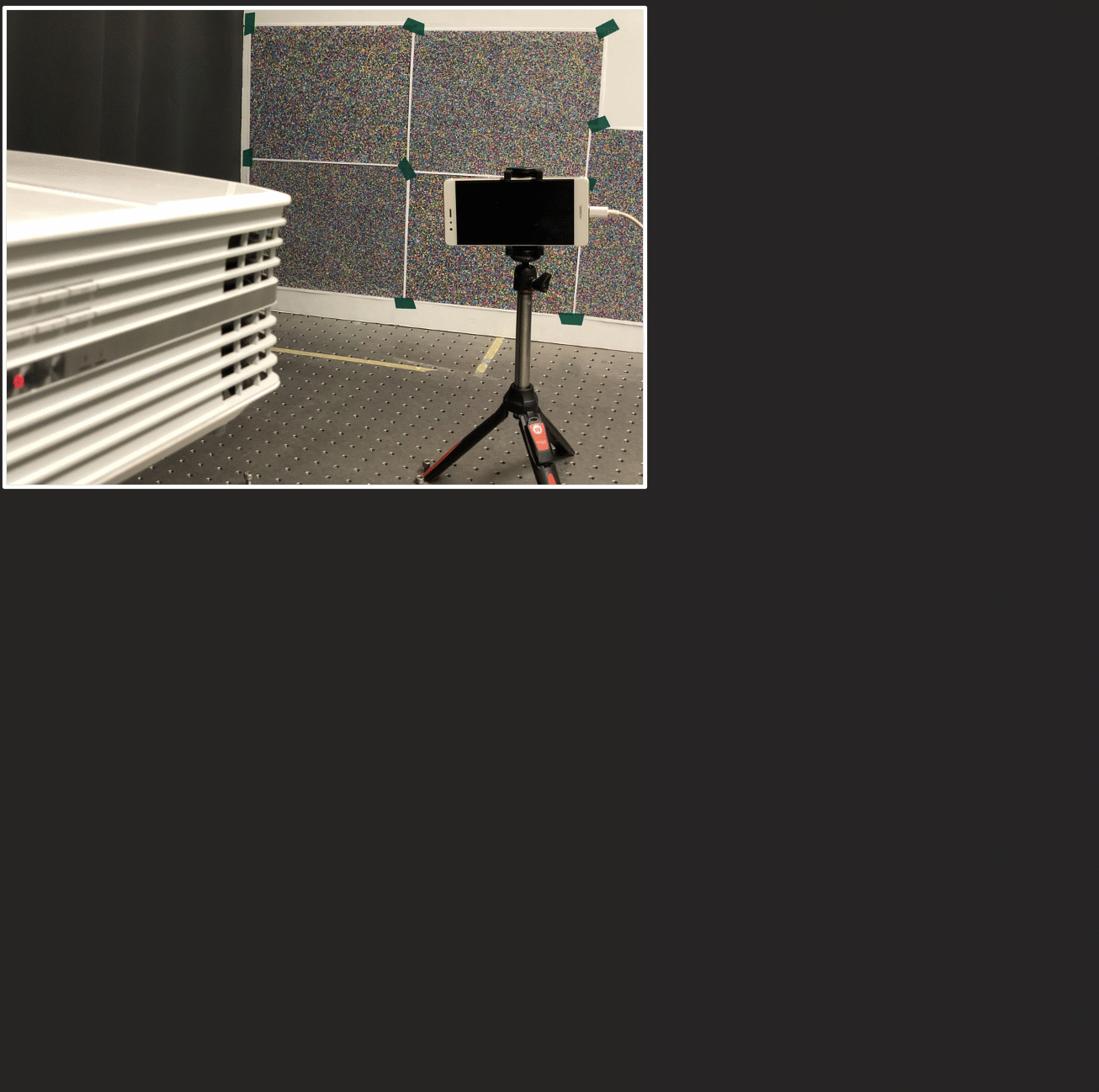We consider the problem of optimizing the performance of
an active imaging system by automatically discovering the
illuminations it should use, and the way to decode them.
Our approach tackles two seemingly incompatible goals:
(1) "tuning" the illuminations and decoding algorithm precisely to the devices at
hand---to their optical transfer functions, non-linearities, spectral responses, image processing
pipelines---and (2) doing so without modeling or calibrating the system; without modeling the scenes of interest; and
without prior training data. The key idea is to formulate a
stochastic gradient descent (SGD) optimization procedure
that puts the actual system in the loop: projecting patterns,
capturing images, and calculating the gradient of expected
reconstruction error. We apply this idea to structured-light
triangulation to "auto-tune" several devices---from smartphones and laser projectors to advanced computational
cameras. Our experiments show that despite being modelfree and automatic, optical SGD can boost system 3D accuracy substantially over state-of-the-art coding schemes.
|


